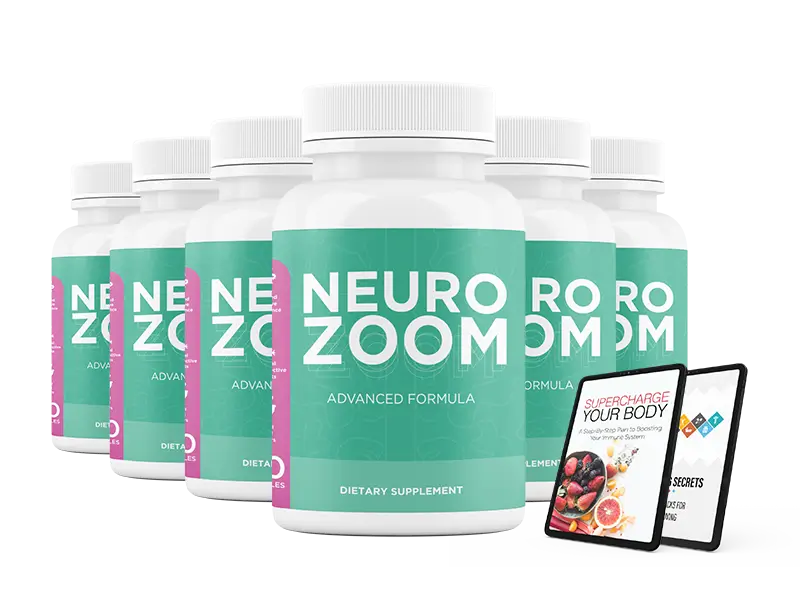HEALTHY RECIPES: Delicious Ideas for Nutritious Eating
Healthy recipes are more than just a trend—they are a sustainable lifestyle choice that can transform your everyday meals into nutritious and delicious experiences. In today’s fast-paced world, finding easy and healthy options is crucial for those who want to maintain a balanced diet without compromising taste. From quick dinners to hearty breakfasts, there are endless possibilities to explore that cater to various dietary needs and preferences.

The key to crafting a satisfying yet healthy meal is understanding the balance between nutrients, protein, and fiber, which many Mediterranean diet recipes exemplify. Whether it’s a vibrant cauliflower stir fry or a savory chickpea curry, these dishes offer plenty of nutrition while being easy to prepare. For those looking to add flavor without extra calories, healthy dinner ideas such as chicken fajitas and shrimp orzo are perfect options to enjoy in less than an hour.
Exploring different cuisines and cooking methods can also introduce more diversity into your meals. Simple, healthy recipes from trusted sources can inspire creativity in your kitchen, turning everyday ingredients into culinary delights. From breakfast to dinner, incorporating these recipes ensures each meal is both nutritious and satisfying, helping to establish long-lasting healthy eating habits.
Essential Nutrients in Healthy Recipes
Healthy recipes are designed to provide a balance of essential nutrients. These nutrients are critical for maintaining energy levels, supporting bodily functions, and promoting overall well-being. This includes macronutrients like proteins, carbohydrates, and fats, as well as micronutrients such as vitamins and minerals, and the importance of proper hydration.
Macronutrients: Proteins, Carbs, and Fats
Proteins, carbohydrates, and fats play a pivotal role in meal planning. Proteins are crucial for muscle repair and growth. Foods like lean meats, beans, and nuts are excellent sources.
Carbohydrates provide energy, and whole grains like quinoa and brown rice are preferable due to their complex nature, which offers sustained energy levels. Healthy fats, found in avocados and nuts, support hormone production and brain health. It’s important to maintain a balanced intake of these macronutrients to ensure the body functions optimally.
Micronutrients: Vitamins and Minerals
Vitamins and minerals are essential for numerous bodily processes. Vitamin C supports the immune system and is abundant in citrus fruits and tomatoes. Iron, necessary for red blood cell formation, is found in leafy greens and red meat. Calcium is vital for bone health and can be sourced from dairy products and fortified plant-based alternatives.
A variety of vegetables, fruits, and protein sources ensure a diet rich in these micronutrients. Adequate intake is crucial to prevent deficiencies and support overall health.
Hydration and Healthy Fluids
Proper hydration is fundamental to health, influencing digestion, circulation, and temperature regulation. Water is the primary fluid for hydration but incorporating beverages like herbal teas can offer additional nutrients.
Electrolytes found in certain sports drinks or coconut water are also beneficial, especially during intense activities. Limiting sugary or caffeinated drinks allows for more effective hydration. Maintaining the body’s fluid balance supports cellular function and overall well-being.
Designing a Balanced Meal Plan

Creating a balanced meal plan involves choosing whole foods, managing meal timing, and considering dietary preferences. These components ensure nutritional balance and accommodate individual needs while optimizing health outcomes.
Incorporating Whole Foods
Whole foods such as fruits, vegetables, whole grains, and lean proteins form the foundation of a nutritious meal plan. They provide essential nutrients like vitamins, minerals, and fiber that support overall health.
Focusing on whole foods helps reduce the intake of processed items high in sugars and unhealthy fats. For example, using quinoa instead of refined grains adds essential amino acids and fiber. Including a variety of food groups ensures a comprehensive intake of nutrients, enhancing meal diversity and palatability.
Meal Timing and Portion Control
Meal timing can significantly impact metabolism and energy levels. Eating regular meals and snacks helps maintain stable blood sugar and can prevent overeating. Strategies such as consuming smaller, frequent meals can be effective for some individuals.
Portion control is crucial in maintaining a balanced intake and promoting weight management. Tools like measuring cups or visualizing portion sizes using everyday objects can assist in maintaining appropriate servings. Balancing macronutrients—carbohydrates, proteins, and fats—within recommended portions supports sustained energy and nutritional adequacy.
Dietary Preferences and Restrictions
Dietary preferences and restrictions should be considered when designing meal plans to ensure they are both practical and enjoyable. Personal preferences in cuisines or flavors can guide the choice of ingredients and recipes.
Allergies and restrictions such as gluten intolerance or veganism require adjustments to standard meal plans. Substituting with gluten-free grains for those with Celiac disease or incorporating plant-based proteins for vegans can ensure dietary needs are met without compromise. Tailoring meal plans to individual lifestyles and beliefs can enhance adherence and satisfaction.
Recipe Development and Adaptation

Recipe development involves artfully balancing flavors while adaptation tailors recipes to fit specific dietary needs. This process enables cooks to create healthier, yet flavorful dishes.
Creating Flavorful Dishes Without Excess Calories
Crafting dishes that are both delicious and healthy can be achieved by focusing on bold, natural flavors without relying on high-calorie ingredients. Herbs, spices, and citrus can elevate the taste profile. For instance, using fresh lemon juice and zest instead of creamy sauces can provide a burst of flavor with minimal calories. Additionally, roasting vegetables caramelizes their natural sugars, enhancing taste without adding caloric extras.
Incorporating umami-rich foods like mushrooms, soy sauce, or sundried tomatoes can deepen the flavor complexity of a dish. By prioritizing these techniques, one can create satisfying meals that are rich in taste yet mindful of caloric intake.
Replacing Processed Ingredients with Whole Foods
Using whole foods in place of processed ones is a strategy for healthier recipe development. When a recipe calls for white flour, substituting it with whole wheat flour can add fiber and nutrients. This small change can improve the nutritional value without sacrificing texture or taste.
Equally, replacing refined sugars with natural sweeteners like honey or maple syrup can reduce additives. Switching out high-sodium broths with homemade versions that use fresh ingredients and herbs can lower sodium intake. Such substitutions promote a healthier lifestyle by minimizing additives and enhancing nutritional content.
Adapting Recipes for Special Diets
Adapting recipes is vital for those with specific dietary needs, such as allergies or medical conditions. AdaptaFood offers an intelligent approach by adjusting recipes to meet specialized diets using technology to analyze ingredients. This system helps create meals that adhere to dietary restrictions while maintaining flavor.
Common adaptations include using Greek yogurt instead of sour cream for lower fat content or almond milk to replace cream, catering to lactose intolerance. Such adaptations allow diverse meal choices without compromising health. Adjusting recipes to be gluten-free by using flour alternatives is another common practice that maintains taste while being mindful of dietary constraints.
Cooking Techniques and Kitchen Skills

Mastering certain cooking techniques and using the right kitchen tools can make preparing healthy recipes both easier and more effective. Understanding specific methods and having the proper gadgets at hand empowers anyone to create nutritious meals.
Methods for Health-Conscious Cooking
There are several cooking methods that help retain nutrients and enhance the flavors of healthy ingredients. Steaming is a gentle technique that prevents nutrient loss and maintains the natural colors of vegetables. Grilling and roasting add flavor with minimal oil and enhance the taste of lean meats and vegetables.
Sautéing allows for quick cooking with just a small amount of healthy oil, such as olive or avocado oil. This method is perfect for vegetables and lean proteins. Baking is another effective method for reducing fat content while cooking dishes evenly.
Marinating proteins and vegetables with herbs and spices before cooking can significantly boost their flavors without adding extra calories. These techniques allow for creativity while keeping meals nutritious and flavorful.
Essential Kitchen Gadgets and Utensils
Having the right kitchen gadgets simplifies the process of cooking healthy meals. A sharp chef’s knife is key for efficient and safe chopping. Proper knives speed up preparation and ensure consistent cuts, which impact cooking time and quality.
Non-stick pans reduce the need for excess oil during cooking. This makes them perfect for healthier versions of fried dishes. Using a steamer basket helps retain nutrients in vegetables while a food processor aids in quick and consistent chopping.
A digital kitchen scale ensures portion control which is crucial for healthy eating. These gadgets enhance the cooking experience by making preparation more efficient and maintaining the nutritional value of dishes.






